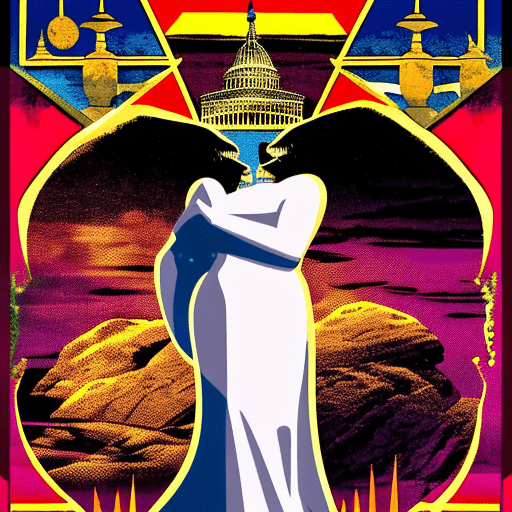The White Lioness: A Gripping Crime Thriller Set in South Africa
In Henning Mankell’s “The White Lioness,” Detective Kurt Wallander finds himself entangled in a complex web of political intrigue, racial tensions, and international conspiracies when a young woman is murdered in a small town in Sweden. As Wallander delves deeper into the investigation, he uncovers a plot that reaches all the way to South Africa and threatens to destabilize the country’s delicate transition from apartheid to democracy. With its gripping narrative and thought-provoking themes, “The White Lioness” explores the dark underbelly of power and the consequences of historical injustices.
A Murder in Sweden Unveils a Sinister Plot
The story begins with the brutal murder of a young woman named Victoria, who is found dead in a small Swedish town. As Detective Kurt Wallander and his team investigate the crime, they discover that Victoria’s death is not an isolated incident but part of a larger conspiracy. The investigation leads them to a mysterious organization called the South Africa Police, which seems to have connections to the murder. Wallander soon realizes that this case goes far beyond a simple homicide and that the truth may lie in the tumultuous history of South Africa.
A Journey to South Africa’s Troubled Past
Intrigued by the connections between the murder and South Africa, Wallander decides to travel to the country to unravel the truth. As he delves deeper into the investigation, he becomes entangled in the complex web of South Africa’s history, marked by apartheid, racial tensions, and political turmoil. Wallander’s journey takes him from the luxurious mansions of wealthy white farmers to the poverty-stricken townships of black communities, exposing the stark contrasts and deep-seated inequalities that still plague the country.
A Race Against Time to Prevent Catastrophe
As Wallander uncovers more pieces of the puzzle, he realizes that the conspiracy reaches the highest levels of power in both Sweden and South Africa. With the clock ticking, he must navigate a dangerous landscape of corruption, betrayal, and violence to prevent a catastrophic event that could derail South Africa’s fragile transition to democracy. As the tension mounts, Wallander finds himself torn between his duty as a detective and his moral obligation to seek justice for the victims of historical injustices.
Key Takeaways:
- Powerful individuals and organizations often exploit historical injustices for their own gain.
- Racial tensions and inequalities can have far-reaching consequences.
- The pursuit of justice sometimes requires confronting uncomfortable truths.
“The past is never dead. It’s not even past.” – William Faulkner
In “The White Lioness,” Henning Mankell weaves a gripping tale of crime, politics, and history that keeps readers on the edge of their seats. Through the character of Kurt Wallander, the novel explores the complexities of power, the enduring legacy of historical injustices, and the lengths one must go to seek justice. As Wallander races against time to prevent a catastrophe, he confronts the dark underbelly of society and grapples with his own moral dilemmas. “The White Lioness” is a thought-provoking thriller that reminds us of the importance of confronting the past to shape a better future.












